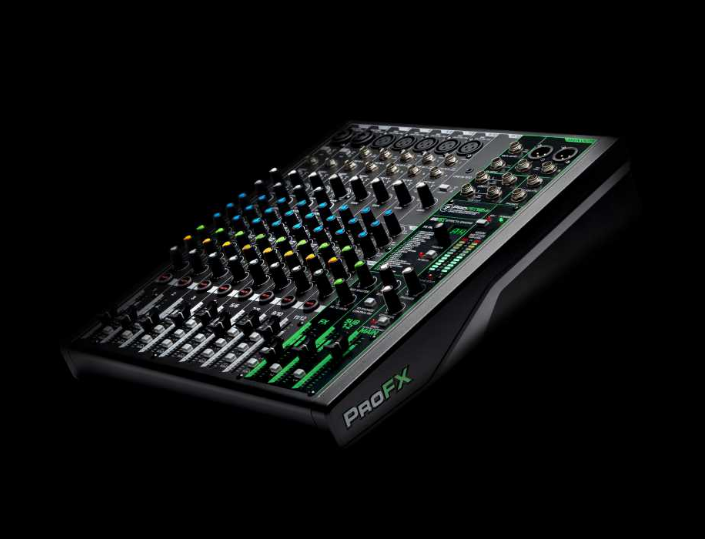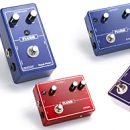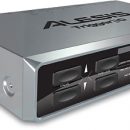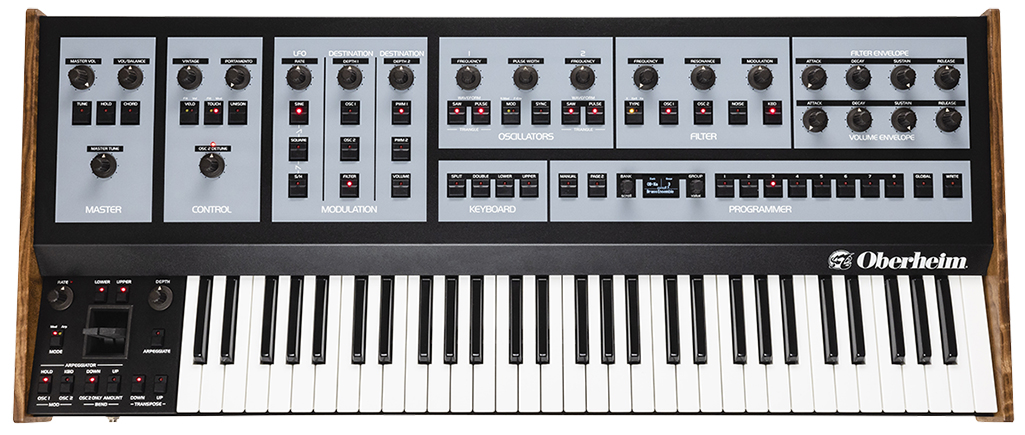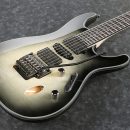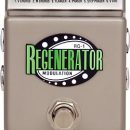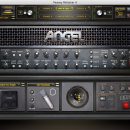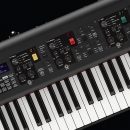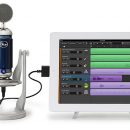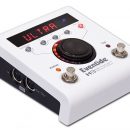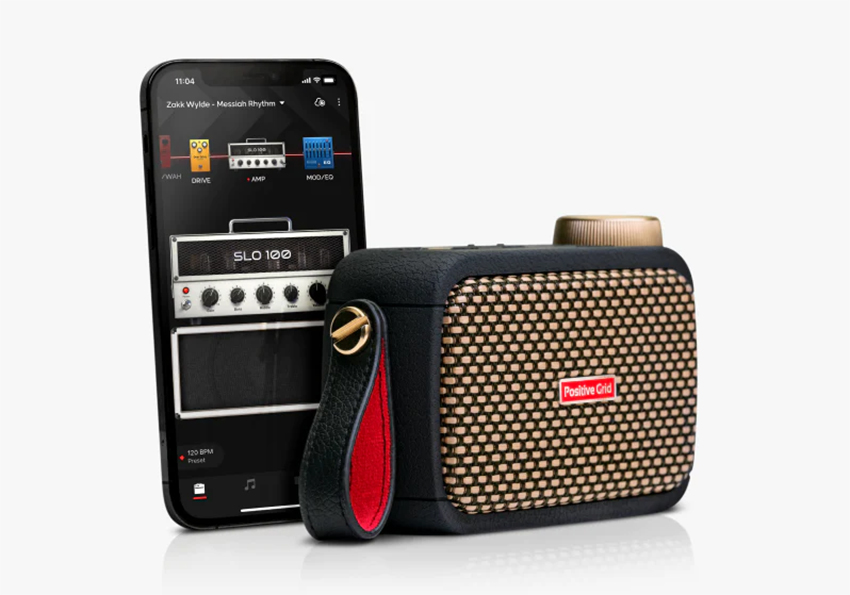 BRNO, CZECH REPUBLIC: Software applications, software effects, and hardware processors developer Audified is proud to announce availability of ToneSpot Electric Pro — this time targeting its innovative ToneSpot one-shot channel processing plug-in concept at easily enhancing electric guitar tones as another aptly-named Swiss Army Knife-style solution fit for working with the heaviest of genres through to more traditional ones, regardless of whatever combinations of guitar amps, pedals, or plug-ins are already being used in the tricky and time-consuming craft of pursuing electric guitar processing perfection — as of September 27…
BRNO, CZECH REPUBLIC: Software applications, software effects, and hardware processors developer Audified is proud to announce availability of ToneSpot Electric Pro — this time targeting its innovative ToneSpot one-shot channel processing plug-in concept at easily enhancing electric guitar tones as another aptly-named Swiss Army Knife-style solution fit for working with the heaviest of genres through to more traditional ones, regardless of whatever combinations of guitar amps, pedals, or plug-ins are already being used in the tricky and time-consuming craft of pursuing electric guitar processing perfection — as of September 27…Anyone who has ever tried to ape an exceptional-sounding electric guitar tone that they have heard on one of their favorite artist recordings should surely appreciate how tricky and time-consuming quest finding the ‘Holy Guitar Grail’ can be. After all, acquiring an awesome guitar and amp combo, magnificent microphones, superb-sounding stompboxes, and outstanding outboard effects can be a costly business — before trying to perfect putting those purchases into practice! Perhaps getting hold of some of the many magical guitar amp- and authentic-sounding stompbox- simulating plug-ins out there today better suits some aspiring artists and producers as an achievable alternative. As amazing as both ways of working can clearly sound, more often than not, that sought-after exceptional-sounding electric guitar tone proves to be beyond reach when recorded and mixed with the rest of the band. Even endless tweaking fails to yield the desired result — really frustrating for anyone, novice or otherwise.
 Why? Well, answering that is easy: electric guitars can take a lot of processing. Put it another way: with many of today’s genres, giving guitars the treatment they need to musically shine is key to a mix’s success, so it is important to get the guitar sound just right. Reality dictates that guitars are often having to vie for attention with several layers of other instruments that can clash if left unchecked within the confines of a muddled mix. More often than not, it could be that the recordings themselves sound too thin, sterile, or harsh due to a lack of audio engineering skill. Similarly, bringing back overly muddy- or dark-sounding guitar recordings from the brink of disaster can prove problematic.
Why? Well, answering that is easy: electric guitars can take a lot of processing. Put it another way: with many of today’s genres, giving guitars the treatment they need to musically shine is key to a mix’s success, so it is important to get the guitar sound just right. Reality dictates that guitars are often having to vie for attention with several layers of other instruments that can clash if left unchecked within the confines of a muddled mix. More often than not, it could be that the recordings themselves sound too thin, sterile, or harsh due to a lack of audio engineering skill. Similarly, bringing back overly muddy- or dark-sounding guitar recordings from the brink of disaster can prove problematic.
Put it this way: what is really required are appropriate-sounding guitar tones that can cut through. They need to be punchy and fat sounding, yet simultaneously show a great deal of clarity and tightness. That’s not all! At times, guitars still need to sound very natural — even if heavily processed. Putting all this into practice is far from easy, evidenced by the fact that professional audio engineers often go to great lengths in pursuit of building an awesome-sounding tone in a well-stocked recording studio. So chances are that tone benefited from some seriously heavy lifting to get to where it needed to be, blending several re-amping chains with copious quantities of filtering, equalization, saturation, and even some multi-band processing, perhaps. The top engineers even go as far as running the signal through their complicated chains two or three times in series until producers and artists are 100% satisfied with the result!
Results like those seriously heavy-lifted, awesome-sounding tones have hitherto been harder to come by for those without access to such well- stocked recording studios. Saying that, though, even if taking the arguably more cost-effective — certainly space-saving — ITB (in-the-box) recording route using a computer, it is not enough to simply run electric guitars through a real tube amp or guitar amp simulation plug-in to achieve the standards heard on today’s professional productions. The truth of the matter is that a ton of plug-ins are required, and that eats away at a significant portion of CPU (Central Processing Unit) power.
Thanks to Audified’s audacity, however, there is now a simpler solution... stand up and take a bow, ToneSpot Electric Pro! Pursuing electric guitar processing perfection needs not necessarily be the tricky and time-consuming craft it once was with just this one processing plug-in taking care of all the musical magic as the hitherto missing ‘magic bullet’ — truly the key to success since it bears bountiful tricks on tap that draw from a deep well of extensive engineering know-how, yet balances that with much in the way of creative freedom.
Fortunately for all, Audified’s ToneSpot Electric Pro Promo video simply says it like it is: “Swiss Army Knife for all tone hunters... Best mixing tricks for electric guitar processing... Monstrous processing power and flexibility... Musically labeled controls... Works perfectly with any amp simulation or real tube amp.”
Watch Audified’s ToneSpot Electric Pro Promo video here:
Watch Audified’s ToneSpot Electric Pro Promo video here:
Simply speaking, then,ToneSpot Electric Pro improves the tone, no matter what amps, stompboxes, or plug-ins its users are already using for their electric guitar processing. Putting it to the test should surely prove to be an ear-opening experience for anyone adding it to their tone-hunting plug- in collection! And anyone seeking something simpler still could consider Audified’s alternative ToneSpot Electric Express offering, featuring the same processing power as its bigger brother, but with a reduced control count. Clearly, pursuing electric guitar processing perfection is indisputably no longer the tricky and time-consuming craft it once was — thanks to Audified’s audacity!
Pricing and Availability:
Pricing and Availability:
ToneSpot Electric Pro is available to purchase for a time-limited introductory promo price of $49.00 USD until October 18, 2019 — rising thereafter to $99.00 USD — from Audified’s online shop here: https://shop.audified.com/products/tonespot-electric-pro
ToneSpot Electric Pro can be directly downloaded as an AAX, AU, VST2, VST3, 32- and 64-bit native plug-in for MacOS (10.9 and above) and Windows (7, 8, and 10) — alongside a demo version — from Audified here: https://services.audified.com/download
(Note that all Audified’s ToneSpot series plug-ins are serial number-protected, so no iLok is required.)
(Note that all Audified’s ToneSpot series plug-ins are serial number-protected, so no iLok is required.)
For more in-depth info, please visit the dedicated ToneSpot Electric Pro webpage here: https://shop.audified.com/products/tonespot-electric-pro
ToneSpot Electric Express — featuring the same processing power as its bigger brother, but with a reduced control count — will soon be available to purchase for a time-limited introductory promo price of $19.00 USD — rising thereafter to $49.00 USD — from Audified’s online shop.
With more than 20 years of R&D, education, and collaboration connected with its notable name (https://shop.audified.com/pages/history), Audified actively develops software applications, software effects, and hardware processors for musicians, audio engineers, and installed audio. As such, the company’s collective vision is to improve and streamline music production workflow, adding a new aesthetic value to their customer’s work while helping them to achieve the best possible results.



